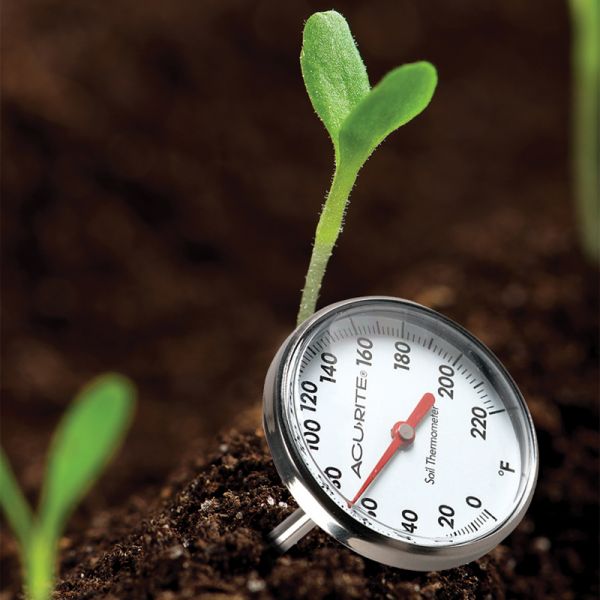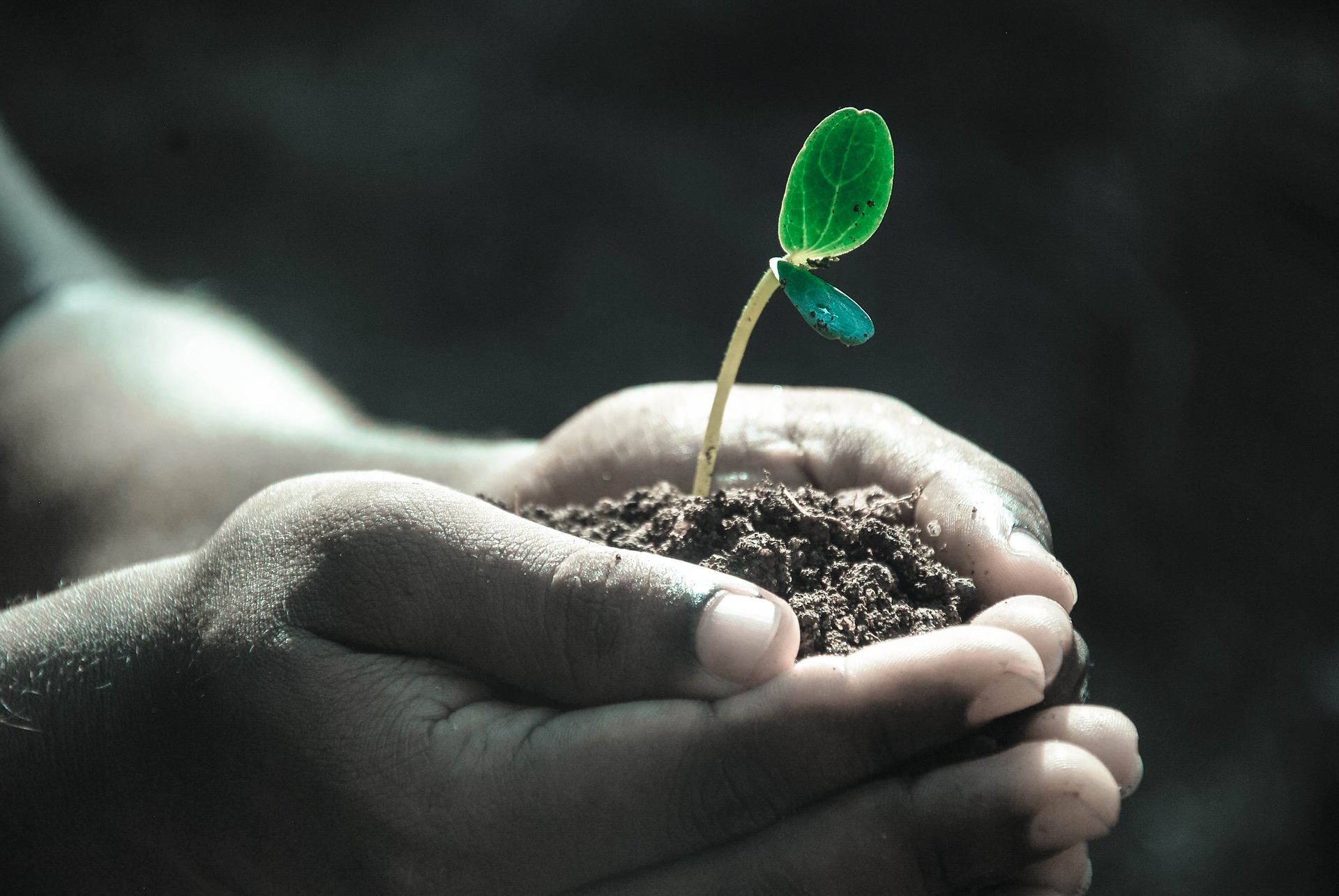Soil temperature is an important factor when it comes to planting. The temperature of our soil encourages (or discourages) plant germination, blooming, as well as overall plant health and compost rate. One of the biggest threats to a successful planting season is cold weather and low soil temperatures. Therefore, learning to gauge the temperature of our soil is vital to the health of our plants, trees, and shrubs. Considering the outdoor temperature fluctuates so often throughout Camas, Washougal, and Vancouver, Washington, learning to measure soil temperature is a skill worth developing.
Tools For Measuring Soil Temperature

The good news is, measuring soil temperature is incredibly easy. The most crucial tool needed for properly gauging soil temperature is a soil thermometer; they are reasonably inexpensive, easy to use and are quite accurate when used properly. A soil thermometer is used much in the same way a food thermometer is. To use a soil thermometer, all you need to do is insert it in the ground and wait for the needle to settle, which usually only takes a minute. How far you insert the thermometer into the ground will depend on what you are trying to plant. For instance, if you are trying to germinate seeds, 1 to 2 inches in depth will suffice, whereas saplings or seedlings require the thermometer to be inserted into a depth of about 6 inches. Ideally, you should measure twice a day for at least three days; once in the afternoon and again in the evening. However, if you only have time for once-a-day readings, then measuring the soil temperature should be done first thing in the morning, which should still give you an accurate enough average.
Another tool you can use is the soil temperature report provided by Washington State University. This summary is incredibly easy to understand and has an up-to-date report for not only Clark County, but all counties located within the Evergreen State.
Best Temperatures for Planting
The optimal temperature for planting will heavily depend on what exactly you plan to plant. Most plants (especially when trying to germinate seeds) require a soil temperature of at least 60 degrees. However, there are plants, such as watermelon and peppers, that require the soil to be at least 70 degrees. Furthermore, cold season crops, like kale, can be planted within soil at temperatures around 50 degrees. Here is a helpful guide for determining adequate soil temperatures for various vegetable plants. The most efficient way to determine proper soil temperatures is by reading the packet that your seeds came in. You can also ask your local nursery what they recommend when you purchase your plants. Any and all plants will have an ideal soil temperature, so, if nothing else, an internet search should point you in the right direction.
Monitoring soil temperature is essential for any successful planting and determining this temperature is a relatively straight-forward process. Urban Eden Landscaping would love to help with your planting, rototilling and garden preparations, as well as any of your lawn care needs. Contact us today for a FREE estimate!

